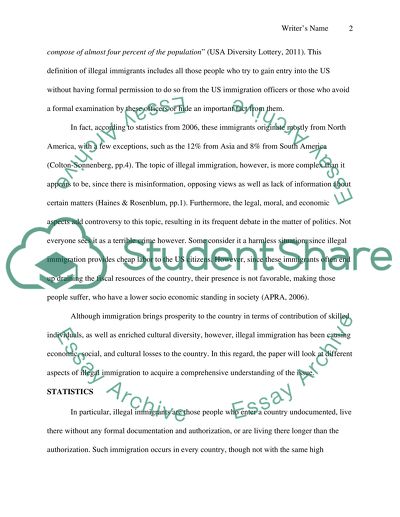Cite this document
(“Illegal Immigrants in United States Research Paper”, n.d.)
Retrieved de https://studentshare.org/english/1390440-illegal-immigrates-in-united-states
Retrieved de https://studentshare.org/english/1390440-illegal-immigrates-in-united-states
(Illegal Immigrants in United States Research Paper)
https://studentshare.org/english/1390440-illegal-immigrates-in-united-states.
https://studentshare.org/english/1390440-illegal-immigrates-in-united-states.
“Illegal Immigrants in United States Research Paper”, n.d. https://studentshare.org/english/1390440-illegal-immigrates-in-united-states.


